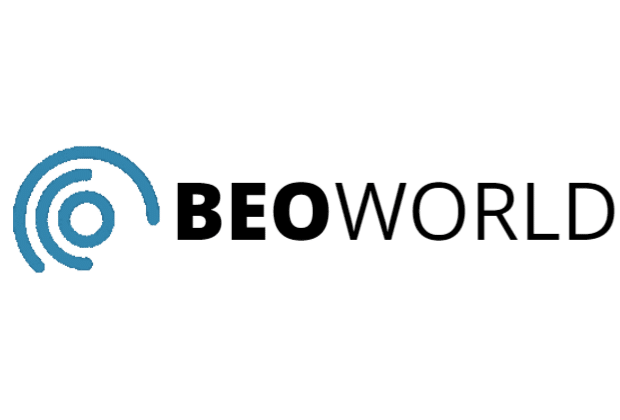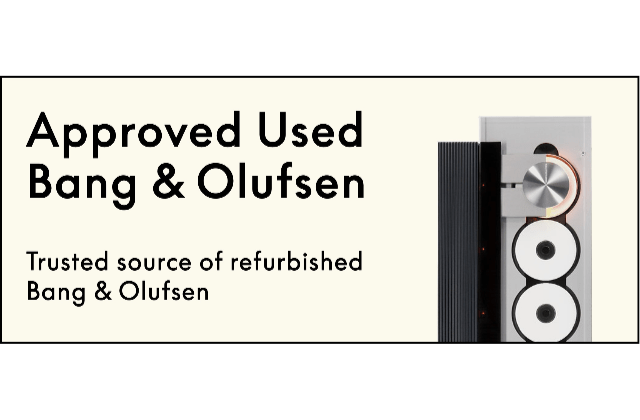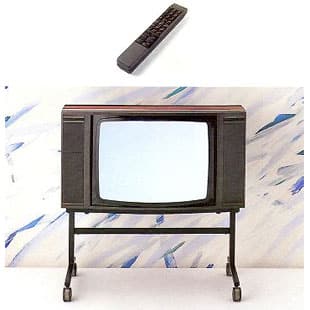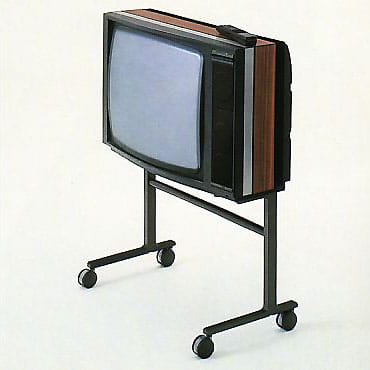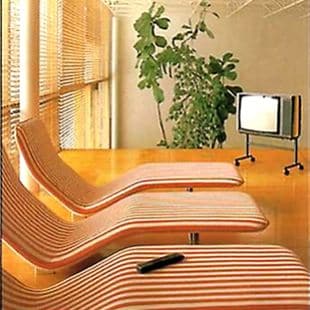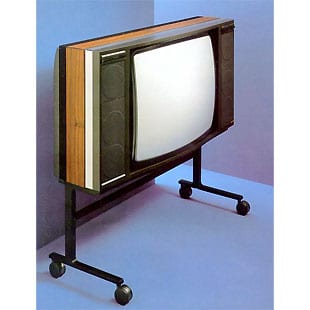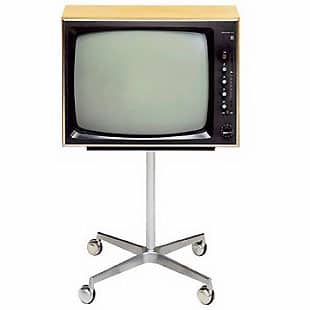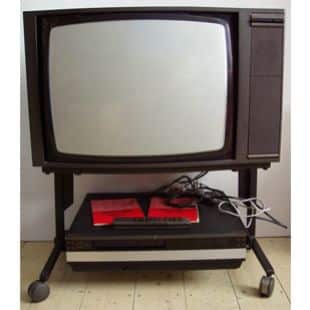BeoVision 8100
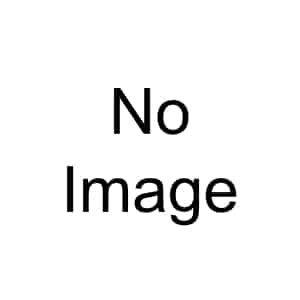
BeoVision 8100
These high quality remote control colour TVs had 8 channels which could be pre-tuned for instant access via the infra-red Video Terminal. Volume level and picture adjustments could also be made without moving more than a finger. Bass and treble tone and picture contrast adjustments were made via the controls sited behind the set’s front fascia.
All models used the 30AX in-line self-converging picture tube with its High Bright characteristics. Bang & Olufsen’s unique Permanent Colour Truth circuitry ensured that the balance between colours was always correct. Together, these features guaranteed a top quality picture that would not deteriorate as the set got older.
Teletext was available as an optional feature on all three models. When fitted, Teletext was accessible via the same Video Terminal used for ordinary entertainment viewing.
Beovisions 5100, 7100 and 8100 came complete with a smooth gliding undercarriage. Apart from screen size and cabinet options, they were technically identical in all respects.
Sound output was 6 watts RMS. Connections were provided for an extension speaker and tape recorder; the tape socket had an alternative function – you could use it to feed the TV sound through your hi-fi system. (From B&O Catalogue Supplement Winter 1982/83)
BeoVision 8100 Product Details
Type Numbers
3381 (1981 - Feb 1984)
3341 (F) (1981 - Nov 1984)
3382 (GB) (1981 - Feb 1984)
3343 (MULTI) (1981 - Feb 1984)
Designer
Please let us know
Manufactured
1981 - 1984
Colour Options
Teak or rosewood
BeoVision 8100 Product Specification
Picture tube size: 66cm
Cabinet: wood veneer
Number of programmes: 32 VHF – UHF
Range: UHF 21 – 69, VHF 2 – 12
Picture tube: 30 AX 110° in line self converging
Start time: approx. 5 sec
Aerial impedance: 75 ohms coaxial
Speakers:
Full range: 13cm
Sound power output: 6 W
Harmonic distortion: < 0.3 %
Intermodulation: < 2.5 %
Frequency range: +/- 1.5 dB 40 – 20000 Hz
Power bandwidth: 10 – 35000 Hz
Signal-to-noise ratio: > 55 dB
Bass control: +8 -5 dB / 100 Hz
Treble control: +9 -6 dB / 10000 Hz
Power supply: 180 – 265 V
Power consumption: 75 (65 – 130) W
Stand-by: < 2 W
Dimensions W x H x D: 77 x 49 x 45.5cm
Weight 39 kg
Connections: external speaker 4 – 8 ohms
Tape output 700 mV / 470 kohms
Amplifier output 700 mV / 1 kohms
Finish: teak, rosewood
Gold or Silver membership required to view documents
Available documents are listed, if none are listed then please reach out to see if we have them.
BeoVision 8100 FAQs
Please let us know

